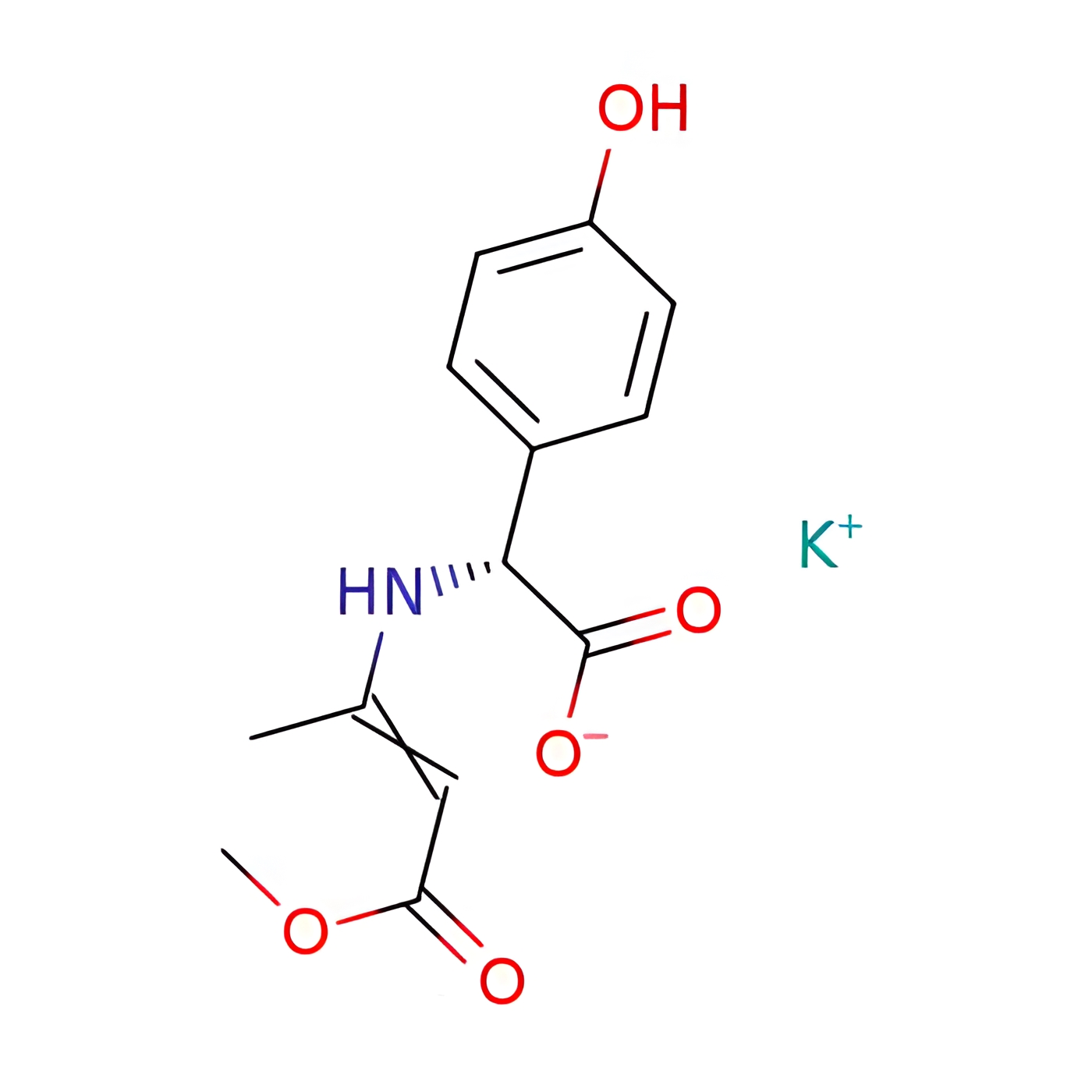
Products
N-Methylurea ; CAS No. : 598-50-5

Synonyms:methylurea;monomethylurea
Chemical Property of Methylurea
● Appearance/Colour: White, crystalline needles.
● Vapor Pressure: 19.8mmHg at 25°C
● Melting Point: ~93c
● Refractive Index: 1.432
● Boiling Point: 114.6 °C at 760 mmHg
● PKA: 14.38+0.46(Predicted)
● Flash Point: 23.1C
● PSA: 55.12000
● Density: 1.041 g/cm3
● LogP: 0.37570
● Storage Temp.: Store below +30°℃.
● Storage Temp.: 1000g/l (Lit.)
● Water Solubility.: 1000 g/L (20 C)
● XLogP3: -1.4
● Hydrogen Bond Donor Count: 2
● Hydrogen Bond Acceptor Count: 1
● Rotatable Bond Count: 0
● Exact Mass: 74.048012819
● Heavy Atom Count: 5
● Complexity: 42.9
● PurityIQuality: 99% *data from raw suppliers N-Methylurea *data from reagent suppliers
Useful
● Chemical Classes: Nitrogen Compounds -> Urea Compounds
● Canonical SMILES: CNC(=O)N
● Uses: N-Methylurea is used as a reagent in the synthesis of bis(aryl)(hydroxyalkyl)(methyl)glycoluril derivatives and is a potential byproduct of caffeine.
N-Methylurea, also known as methylcarbamide or N-methylcarbamide, is an organic compound with the chemical formula CH3NHCONH2. It is a derivative of urea, where one of the hydrogen atoms on the nitrogen atom is replaced with a methyl group.N-Methylurea is a white crystalline solid that is soluble in water. It is commonly used as a reagent in organic synthesis, particularly in the preparation of pharmaceuticals and agrochemicals. N-Methylurea can participate in various reactions such as amidations, carbamoylations, and condensations.When handling N-Methylurea, it is important to follow safety precautions, including wearing appropriate protective equipment such as gloves and goggles, and working in a well-ventilated area. It is also advisable to consult the safety data sheet (SDS) for specific handling and disposal guidelines.








